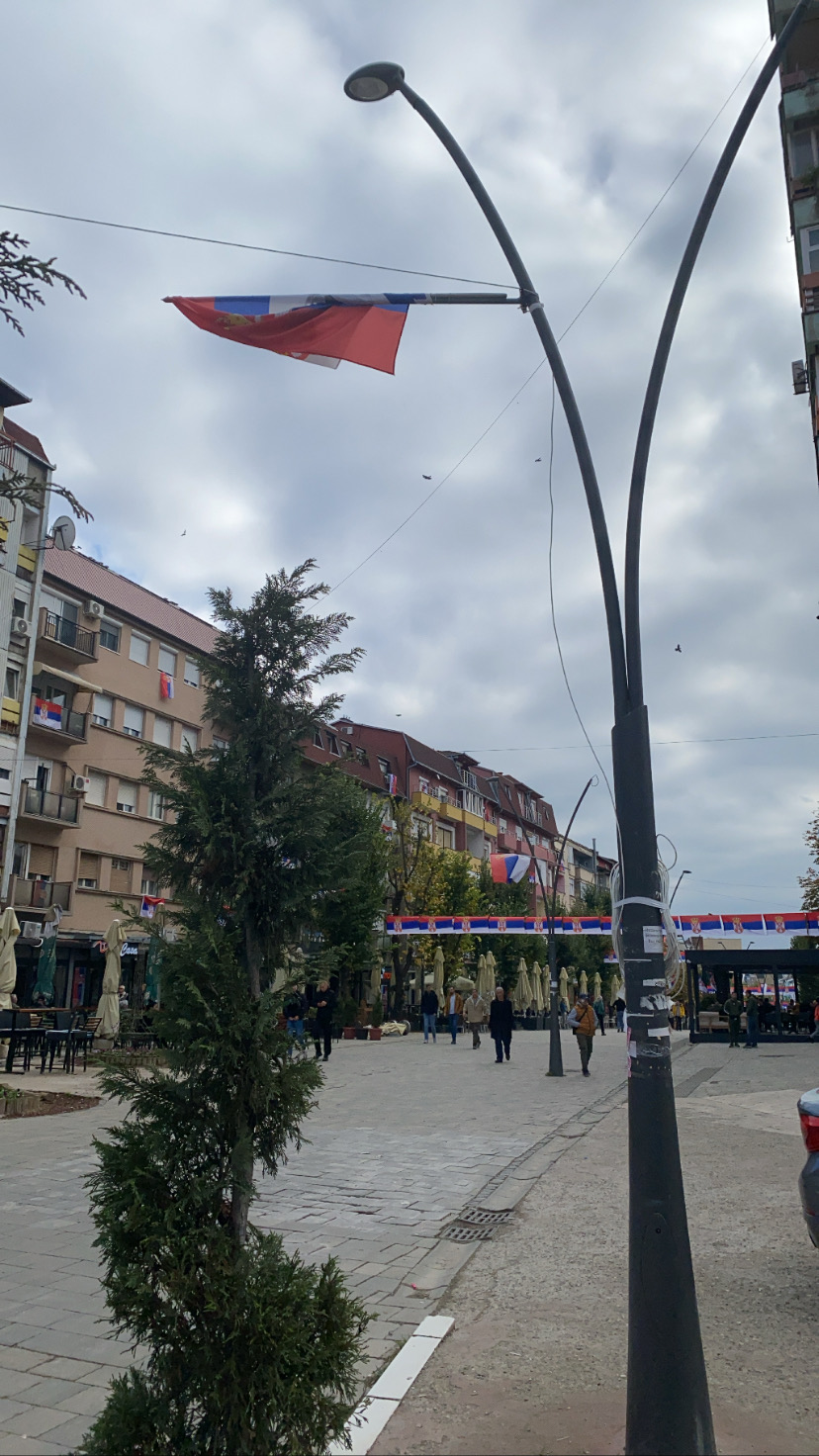
Long Study Tour: KOSOVO
This week was our long study tour with our core course. My core course was Humanitarian Law and Armed Conflict, and we spent the week in Prishtina, Kosovo, learning about the situation there. For some context: Kosovo was formerly a part of the former Federal Republic of Yugoslavia, along with Bosnia and Herzegovina, Croatia, Macedonia, Montenegro, Serbia, and Slovenia. The people that live within all these republics come from various ethnic and religious backgrounds, with sometimes there being a mixture or a crossover with those backgrounds (i.e., Bosnian Muslims, Bosnian Serbs, Serb Christians, Bosnian Croats, Kosovar Serbs, Kosovar Albanians, etc.). With the rise of Slobodan Milosevic, a Serbian politician who called for a Greater Serbia, wars broke out throughout the 1990s with various republics (i.e., Montenegro, Croatia, Bosnia, etc.) wanting to leave the federation. The messaging of Milosevic’s “Greater Serbia” was centered around Serbian nationalism and the ethnic genocide of those who weren’t Serbian. The conflict, or “Balkan Wars,” as it’s sometimes referred to, reached its peak in the summer of 1995. In the summer of 1995, Bosnian-Serb forces killed more than 7,000 Bosnian-Muslim boys and men, which is known today as the Srebrenica massacre. In addition to the killings, 20,000 civilians were ethnically cleansed from the area. It was only after Western interference that there was a ceasefire in Bosnia. The Kosovo-Serbian war, on the other hand, was stopped with NATO bombings, with Western forces fearful of a repeat of Srebrenica. Today, all the former republics are recognized as independent states except for Kosovo, which declared independence in 2008. Despite recognition from the United States and other prominent nations, Kosovo does not have full recognition due to Serbia and Russia’s interests in the state. Kosovo is a one-of-a-kind case in that it is not a Slavic country like those that comprised the former Yugoslavia; instead, it is majority Albanian, with the majority of the population having a connection to Albania and speaking Albanian. Kosovo has, for the majority of its history, been tossed around, from being a part of Albania under Ottoman rule to then being controlled by Serbia. My visit to the country was eye-opening. It was exciting to speak with and engage with young Kosovars about their country. I even had the chance to go to Northern Kosovo to a Serb-majority town and hear the Serbs’ side of the story. I really hope that the peace in the country continues to remain and that sometime in my lifetime, Kosovo’s declaration of independence will be fully recognized. My biggest takeaway from this experience is (1) the difficulty of diplomacy and the various moving components of it, and (2) the optimistic and hopeful nature of the Kosovar youth to move forward despite what has transpired between the two countries.
